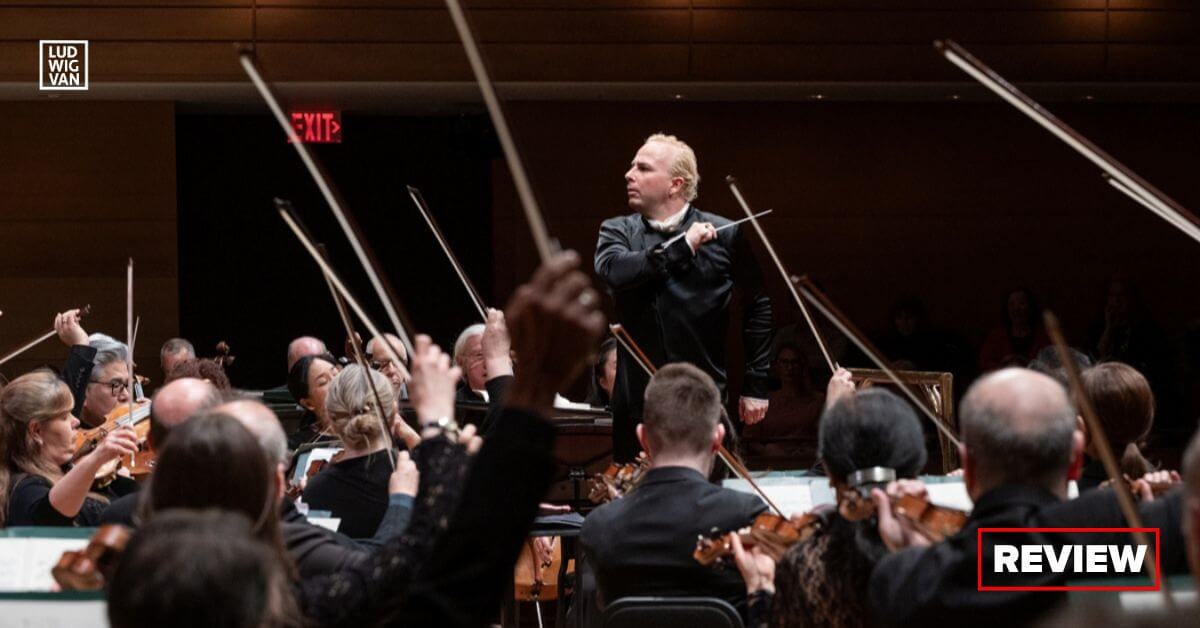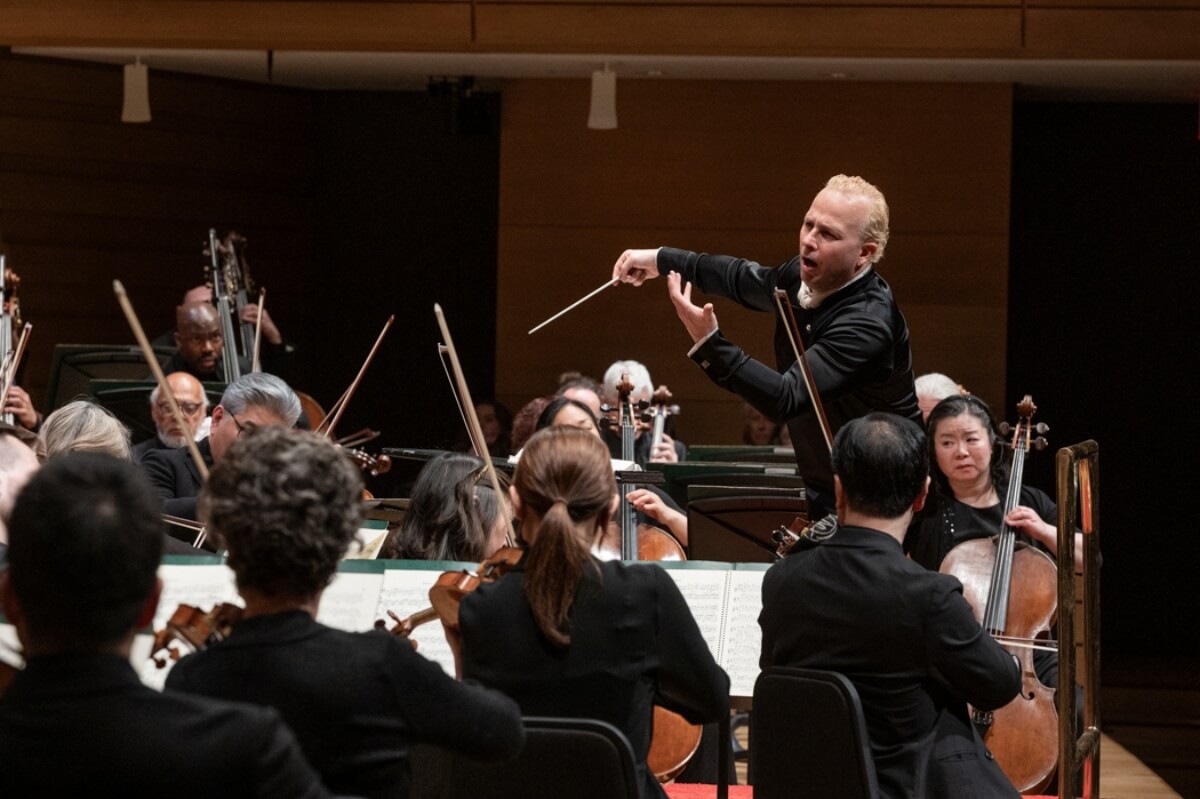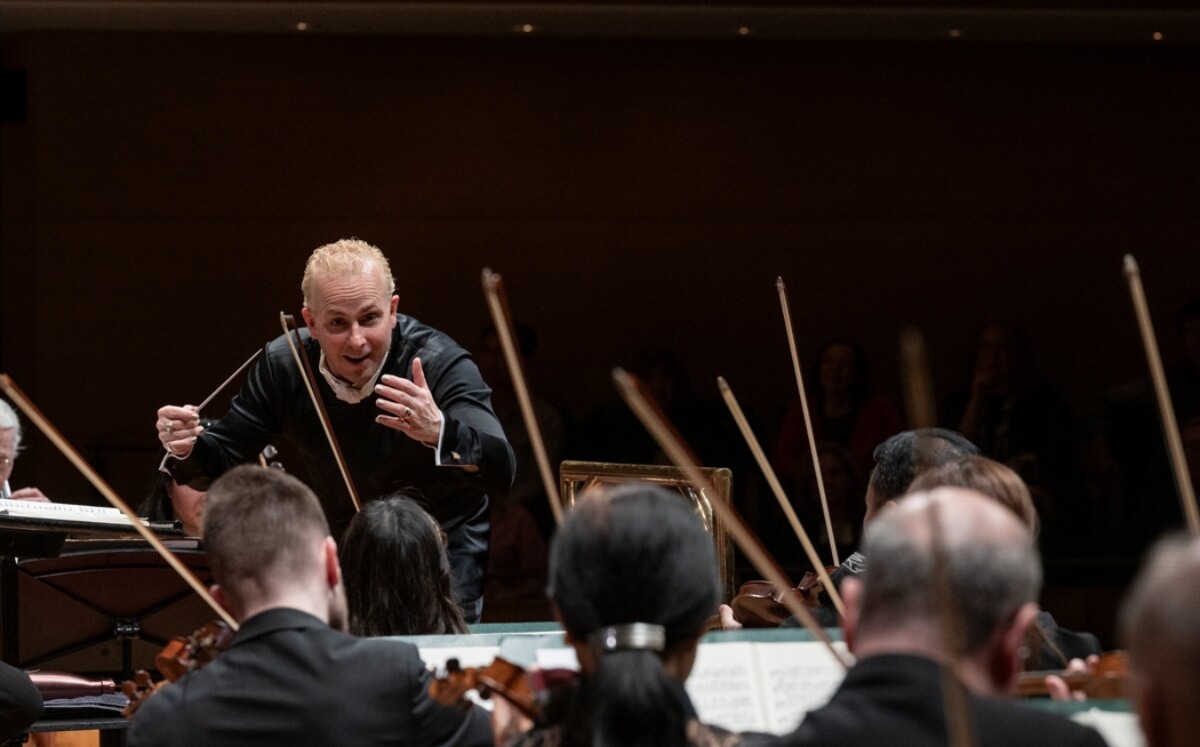[ad_1]

Florence Worth: Symphony No. 4 in D Minor; Sergei Rachmaninov: Symphony No. 2 in E Minor, op. 27 – The Philadelphia Orchestra, Yannick Nézet-Séguin, conductor. April 17, 2024, Koerner Corridor.
It was a cold, blustery evening in Toronto, however the within Koerner Corridor was ablaze with pleasure for the Royal Conservatory’s debut of The Philadelphia Orchestra, on its 2024 tour of Canada. The sold-out live performance featured two early twentieth century items — one acquainted, one hardly ever carried out in Toronto, each with particular that means for the orchestra.
There have been no featured soloists, which stored the main target solely on the orchestra and its conductor, Yannick Nézet-Séguin. Yannick, as he prefers to be identified, the satisfaction and pleasure of Canada, is a celebrity in each orchestral and operatic worlds. He’s Music Director, concurrently, of three prestigious orchestras — Orchestre Métropolitain, Philadelphia and the Metropolitan Opera. To not point out his latest rise to Hollywood fame for his consulting position for the blockbuster movie Maestro.
The evening opened with Symphony No. 4 in D minor by American composer Florence Worth. Yannick defined to the viewers that The Philadelphia Orchestra has made it its mission to champion Worth’s music, a lot of which had remained unknown till latest years. Though Worth’s Symphony No. 1 received first prize in a composition competitors, making her the primary African American girl to have her work carried out by a significant symphony orchestra (the Chicago Symphony) in 1933, her subsequent works pale into obscurity, largely as a consequence of two handicaps described by Worth herself: race and gender. Her Symphony No.4, written in 1945, was by no means carried out till 2018. The Philadelphia Orchestra has since made two recordings of three of her symphonies, with one (Nos. 1 and three) profitable the Grammy Award, and the opposite (No. 4) receiving a nomination.

The D-minor Symphony is stuffed with thrilling colors and harmonic invention. Eclectic parts of people, spirituals, jazz and even a Juba dance are intricately woven into the 4 actions. The primary motion had references to the religious “Wade within the Water”. One might unmistakably hear Dvorak’s “Going Residence” from his New World Symphony recurring within the second motion. Different passages are harking back to Bruckner and Gershwin. Regardless of the similarities, Yannick calls this work probably the most private of Worth’s symphonies. “She had no reservation about her personal concepts. It’s her personal voice.”
This piece was the right showcase of the orchestra’s technical brilliance. Worth made positive that every part has its shining moments, and nearly each instrument is assigned a solo half. Yannick deftly manipulated the playful, dance-like passages towards dramatic climaxes. The ending was particularly compelling because the tempo raged in direction of a jubilant and explosive conclusion.
The Philadelphia Orchestra had a particular relationship with Sergei Rachmaninov. The composer was mentioned to have written a few of his works with the Philadelphia sound in thoughts. This connection prolonged to Rachmaninov premiering a lot of his works with Philadelphia and conducting the orchestra himself in a number of recordings. It was due to this fact most becoming for the orchestra to pay tribute to this legacy by placing Rachmaninov’s Symphony No. 2 in E Minor in this system. This piece is not any stranger to Toronto audiences who tune into Classical FM. It’s performed each evening because the theme of the present “Nocturne.”

Symphony No. 2, thought to be one in every of Rachmaninov’s greatest works, is stuffed with lush, romantic lyricism. Yannick successfully constructed rigidity amidst the gripping crescendos within the first motion. The second motion alternated between lengthy, romantic traces and allegro passages that had been bursting with urgency. The orchestra was at its technical greatest when it performed the furiously quick tempo with impeccable uniformity. The extremely romantic third motion felt much more sensuous with Yannick’s interpretation. His intentionally slower take of the tempo and use of sostenutos extended the pleasure on the senses. The ultimate motion recalled the primary themes from the earlier three actions. Even with the Koerner Corridor acoustics, that are normally difficult for such a big orchestra to play softly, there have been lovely moments of pianissimo.
All through the night, the orchestra had a wealthy and heat sound that flowed like liquid gold. The strings had a shimmering heat; the woodwinds performed with finesse and intuitive readability; the percussion added fiery parts, whereas the brass was merely superb.
It was mesmerizing to observe Yannick’s exuberant conducting, and the way in which he meticulously formed each observe like a talented craftsman. He had an ingenious method of speaking with the orchestra with each a part of his physique. In flip, the orchestra responded with gusto at his each gesture.
Wednesday evening’s live performance was the third within the Royal Conservatory’s Worldwide Orchestras Sequence, which has been wildly profitable and nicely obtained. We will now stay up for the following live performance, wherein the Czech Philharmonic below Semyon Bychkov will make its debut at Koerner Corridor in December.
By Denise Lai for LvT
Are you seeking to promote an occasion? Have a information tip? Must know one of the best occasions occurring this weekend? Ship us a observe.
#LUDWIGVAN
Get the each day arts information straight to your inbox.
Join the Ludwig Van Toronto e-Blast! — native classical music and opera information straight to your inbox HERE.
[ad_2]




